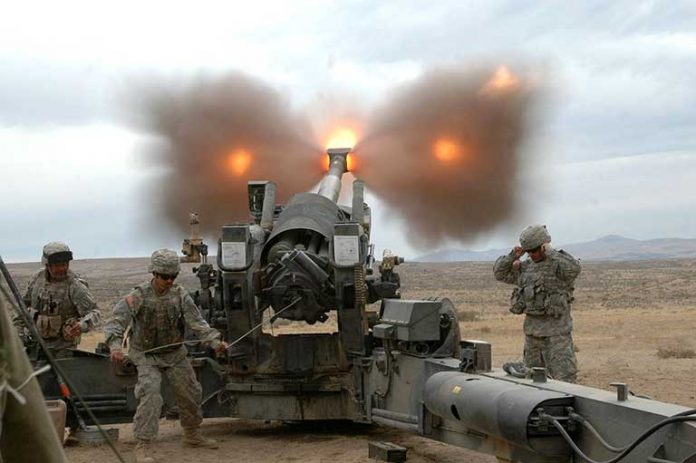We all know that the military plays a vital role in protecting our country and preserving our freedom. But what many people don’t know is that for decades, the military used asbestos in its buildings, vehicles, and equipment. As a result, thousands of service members and veterans have suffered from asbestos-related diseases, including mesothelioma, lung cancer, and asbestosis.
In this article, we will explore the deadly connection between asbestos and the military. We will discuss the history of asbestos use in the military, the health risks associated with exposure to asbestos, and the steps that the military has taken to address this issue.
Contents
A Brief History of Asbestos Use in the Military
Asbestos is a naturally occurring mineral that was widely used in construction, manufacturing, and other industries from the early 1900s until the 1970s. It was prized for its heat-resistant and fireproof properties, as well as its strength and durability.

The military was one of the largest users of asbestos during this time period. Asbestos was used in a wide range of military applications, including:
- Insulation for buildings, ships, and aircraft
- Brake linings and gaskets for vehicles and aircraft
- Fireproof clothing and gear for firefighters and pilots
- Electrical insulation for wiring and equipment
Because asbestos was so widely used in the military, service members and veterans were exposed to the mineral on a regular basis. This exposure occurred not only during active duty but also during training exercises and other activities.
The Health Risks of Asbestos Exposure
Asbestos exposure can lead to a variety of health problems, including mesothelioma, lung cancer, and asbestosis. These diseases can take years or even decades to develop, and symptoms may not appear until long after exposure has occurred.
Mesothelioma is a rare and aggressive form of cancer that affects the lining of the lungs, abdomen, or heart. It is almost exclusively caused by asbestos exposure, and there is no known cure. Symptoms of mesothelioma can include chest pain, shortness of breath, and persistent coughing.
Lung cancer is another common health risk associated with asbestos exposure. It is the leading cause of cancer death in the United States, and exposure to asbestos can significantly increase a person’s risk of developing the disease. Symptoms of lung cancer can include coughing, chest pain, and difficulty breathing.
Asbestosis is a chronic lung disease that occurs when asbestos fibers become lodged in the lungs and cause scarring. This scarring can make it difficult for the lungs to function properly, leading to shortness of breath, coughing, and other symptoms.
The Military’s Response to Asbestos Exposure
In the 1970s, the dangers of asbestos became widely known, and the military began taking steps to reduce exposure to the mineral. The military stopped using asbestos in new construction projects, and began removing asbestos-containing materials from existing buildings and equipment.
In 1980, Congress passed the Comprehensive Environmental Response, Compensation, and Liability Act (CERCLA), also known as the Superfund Act. This law established a fund to clean up hazardous waste sites, including those contaminated with asbestos. The military has spent billions of dollars cleaning up these sites and protecting the health of service members and civilians.
Conclusion
The Department of Veterans Affairs (VA) provides compensation and health care benefits to veterans who were exposed to asbestos during their service. Veterans who have been diagnosed with mesothelioma or other asbestos-related diseases may be eligible for disability compensation, health care, and other benefits.



